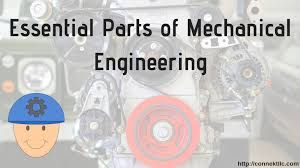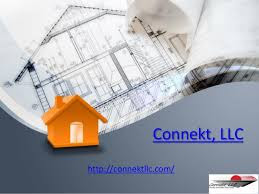So you need a Custom plastic parts Auburn, but you don’t know how to get it made? Should it be flexible or stiff? Is it round, square, or some other uncommon shape?
Here we will explain the different kinds of production processes available today to help you discover the ideal process for your product.
INJECTION MOLDING
It is a manufacturing process for producing parts from both thermoplastic and thermosetting plastic materials. Molten plastic is injected at high pressure into a mold, which is the inverse of the desired shape. The mold is held closed under high pressure and cooled so that the molded product solidifies. Once the plastic has cooled, the mold is opened, usually automatically, and the finished product is removed or automatically ejected.
ROTATIONAL PLASTIC MOLDING
Hollow plastic items are the best for this method. The process heats finely ground plastic resin in molds that are spun on two axes while being baked in large ovens. Centrifugal force pushes the molten plastic against the walls of the mold.
BLOW MOLDING
A manufacturing process by which hollow plastic parts are formed. In general, there are three main types of blow molding: extrusion blow molding, injection blow molding, and stretch blow molding. The blow molding process is a well-developed molding technique, used mainly with products that have a uniform wall thickness and where the shape will be important. Click here to know about rapid prototyping services Auburn.
EXTRUSION MOLDING
A manufacturing process by extruding melted plastic through a die that provides the correct profile shape. Manufacturing companies employ extrusion molding to make products with a consistent cross-section.
THERMOFORMING
A manufacturing process of heating and molding temperature-sensitive material. It uses sheets of a polymer called thermoplastic, which is extruded in varying levels of thickness, depending on its intended purpose.
CNC MACHINED PARTS
Flexible CNC machining and turning centers, coupled with a diverse offering of both metal and plastic materials are possible to be machined. Common materials include ABS, Nylon, PEEK, polycarbonate, polypropylene, polyethylene, and polyurethane resins.
SLA Prototypes are typically used for design verification. A diverse range of polymers is available, including ABS-like and polypropylene like materials as well as traditional "water clear" resin blends.
SLS Prototypes are tough, durable resins suitable for functional testing needs. Commonly used for prototyping of nylon parts. Click here for more Mechanical design services Auburn.
FDM Prototypes are advanced, tough engineering materials intended for real-life design validation.








